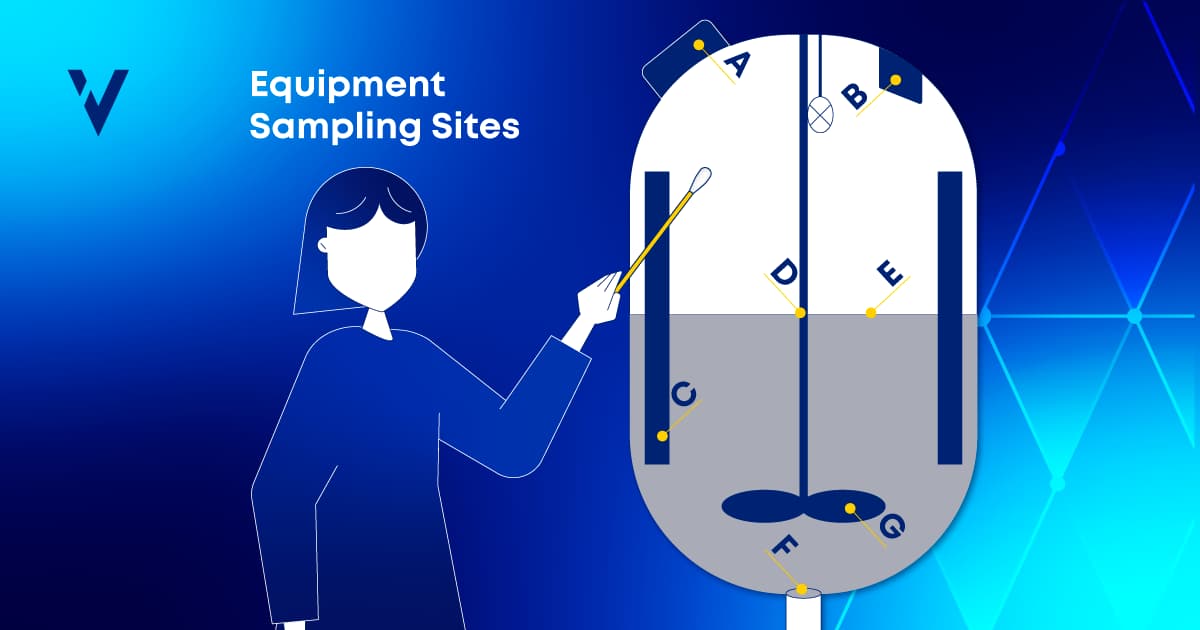
Published on December 14, 2023
Reading time: -- minutes
Last updated on November 4, 2024



Editor’s Note: The following blog post summarizes an article that originally appeared in Pharma Manufacturing Magazine (September 19, 2023).
Equipment qualification is an important process in modern-day life sciences manufacturing because it ensures that the equipment used in the production of drugs and other products meets the quality standards and regulations required by the authorities.
When we think of equipment today, we do not picture something basic. Instead, we think of a complex system that is efficient, compact, and compliant but also autonomous and connected (with IIoT, data lakes, smart analytics technologies, and more). The notion of equipment sitting stationary on the shop floor has been replaced by equipment that can change manufacturing dynamics.
While we see more demand for equipment connected to the internet or within a company’s data servers, we also see an uptick in the workload added to the validation team to deliver the equipment on time. As equipment continues to increase in complexity, qualifying it becomes more complex.
Asking some obvious questions about managing the commissioning and qualification of such systems is crucial. For instance:
The answers to these questions lie within one of the more recently recognized technologies ― the digital twin.
A digital twin is a virtual representation of a physical asset, system, or process. It uses real-time data from sensors, advanced analytics, and modeling techniques to create a virtual counterpart of the physical equipment. This digital twin can monitor, analyze, and optimize the equipment's performance; troubleshoot issues; or simulate various scenarios without affecting the actual system.
Several applications of digital twin technology exist for qualification and validation in the pharmaceutical industry, specifically in design and simulation, virtual qualification, process validation, predictive maintenance, regulatory compliance, and training and optimization.
Although this technology is gaining popularity in many sectors, it is still in the early stages of adoption in pharma. By incorporating data and information throughout the lifespan of the equipment, it is possible to exchange it with other digital twin simulators and programs. These connections and interactions make the digital twin a vital decision-making source during the equipment’s lifetime.
By utilizing digital twin technology for qualification and validation, pharma manufacturers can reap many benefits, including:
Digital twin technology offers significant advantages for equipment validation in the pharmaceutical industry. By providing real-time monitoring, enhanced data analytics, and the ability to simulate different scenarios, it streamlines the validation process, reduces costs, and improves the overall reliability of pharmaceutical manufacturing equipment.
As the technology continues to evolve, its adoption is expected to become more widespread, transforming how pharmaceutical companies validate their equipment and ensuring they remain at the forefront of compliance and quality standards.
Read the full Pharma Manufacturing article to learn how digital twin technology can streamline and enhance your equipment validation processes.

Traditional equipment validation is a manual, inefficient paper-based process plagued with bottlenecks and high cost. It's time to go digital.
By Saurabh Joshi
Read
This current era of biopharmaceutical manufacturing is a most challenging and exciting time for our industry. Technology breakthroughs, intensifying competition, and continually rising performance expectations from patients, stakeholders, pressure from government bodies for cost reduction, and regulators necessitate rapid change in execution.
By Dr. Alton Johnson
Read
Discover the importance of equipment design in cleaning validation and how ValGenesis Process Manager improves sampling plans and ensures compliance.
By Peter Liang
Read